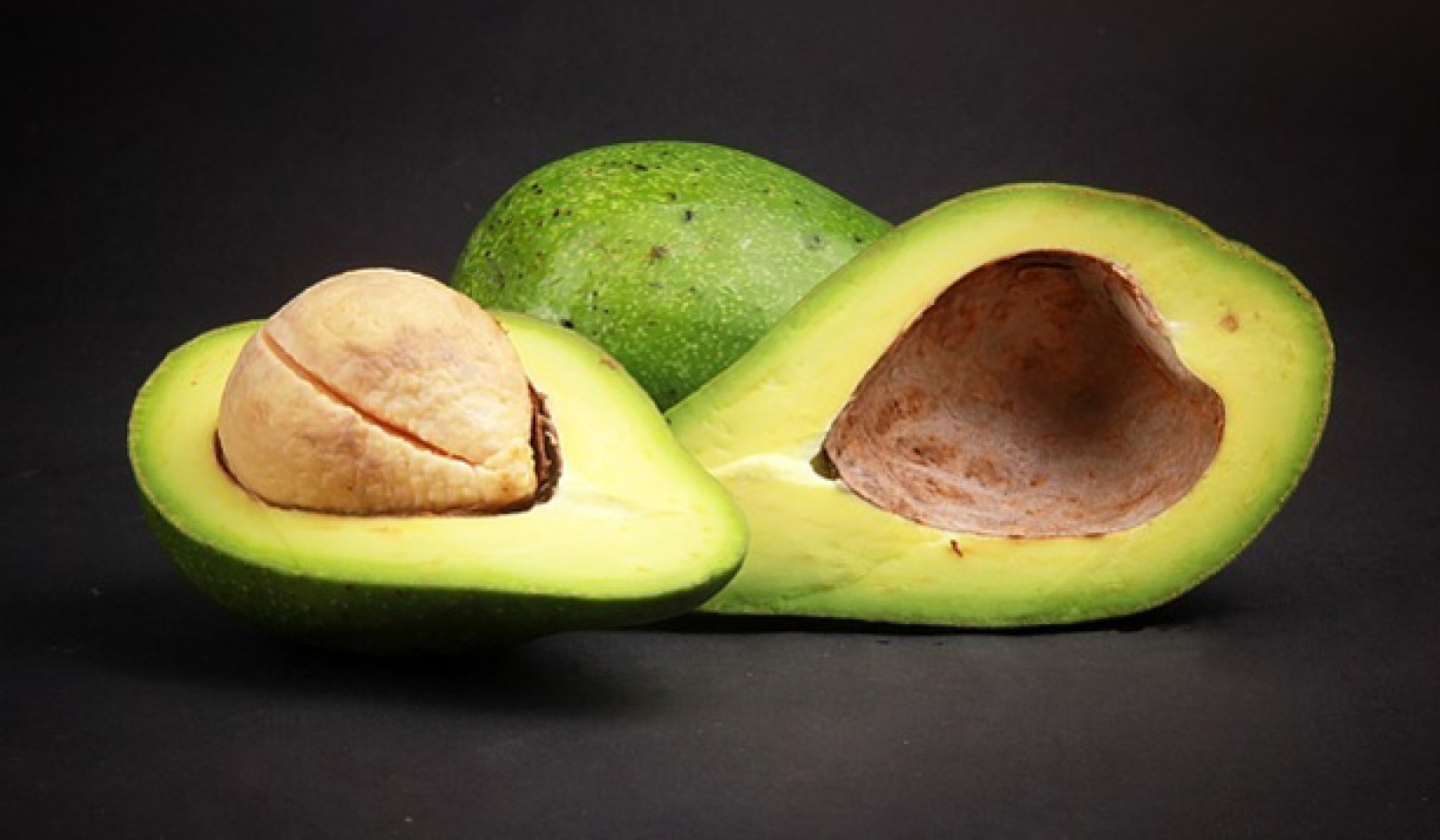
Safer styling practices and shampoo and conditioning choices can help remedy a type of hair loss and damage that often afflicts African Americans, researchers say.
The condition—known as acquired trichorrhexis nodosa, or TN—can affect anyone, but is especially prevalent in black patients because of structural differences in their hair. TN can stem from the use of flat irons and blow dryers, as well as chemical processing, such as permanent dye and straightening, the researchers say in a review of scientific studies.
In the Journal of Dermatological Treatment, the investigators provide simple recommendations for dermatologists, who may be uncomfortable with advising patients, especially those of color, on avoiding hair loss and breakage.
“It’s imperative that we offer dermatologists and patients alike easy tips for resolving TN, one of the few forms of hair loss that can be resolved fairly quickly with nonmedical options,” says Crystal Aguh, assistant professor of dermatology at the Johns Hopkins University School of Medicine. “Our recommendations are acceptable for those of all ethnic backgrounds experiencing hair breakage, and dermatologists should feel comfortable discussing these techniques with every patient seen.”
Chemical processing and heated styling tools can damage the protective outer layer of the hair shaft, called the cuticle, Aguh and her coauthors say. This can alter the hair’s protein structure, which causes the cortical fibers to be exposed and fray, leading to weak points where breakage occurs.
Patients of African-American and Afro-Caribbean heritage, who tend to have tightly coiled hair, are at increased risk for hair loss and damage from TN. Structural differences in their hair shafts—an asymmetric shape and curvature—result in points of geometric weakness. Curly hair also has different hydration properties, causing it to be drier and more susceptible to breakage.
Doctors “should counsel patients on the damaging effects of chemical and thermal styling and provide safer alternatives to the patient’s current hairstyling routine,” the coauthors wrote. Those changes should help, but “it is of utmost importance that patients improve the quality of hair cleansing and conditioning,” they add.
Pick the right shampoo
Choosing the appropriate shampoo, based on hair type, is important to reducing breakage and loss, the researchers say. Most shampoos include surfactants, active ingredients that bind water to an oil on hair called sebum.
There are three types of surfactants to look for when selecting a shampoo. Nonionic or amphoteric surfactants are recommended for those with natural black hair or with dry, damaged or color-treated hair. These types of shampoos are gentler and less likely to strip the hair of moisture. Anionic surfactants tend to be best suited for those with oily hair and are very effective at cleansing, but can leave the hair feeling dry and prone to breakage.
Don’t wash hair too often
Frequency of shampooing is also critical in minimizing TN damage. Those with tightly curled hair should shampoo less frequently, since sebum has a harder time coating this type of hair. Patients with straight hair should shampoo more frequently because sebum coats the entire strand, leading to oily hair.
“Patients with dry, damaged, or tightly curled hair should limit their shampooing to no more than once per week. Those with straight hair, however, can shampoo daily,” Aguh says.
Leave the conditioner in
Rinse-out conditioners increase manageability and add shine, but are less effective in repairing hair damage. Deep conditioners, however, are left on the hair for at least 10 minutes and include the use of heat. They enhance moisture and are good for severely damaged hair. Leave-in conditioners are not rinsed out, can be applied daily and are ideal for preventing damage from everyday grooming.
Protein-containing conditioners help dry and damaged hair, and can be formulated as rinse-out, deep, or leave-in. But protein-containing treatment should be used only monthly or bimonthly, since overuse can lead to brittleness.
Soak-and-smear
Another technique for minimizing hair breakage and preventing or treating TN, the researchers say, is the “repurposed soak-and-smear method.” It increases moisture retention, which enhances hair elasticity, and reduces tangles.
The repurposed soak-and-smear calls for shampooing and conditioning normally and lightly blotting hair with a towel. Follow that with a water-based, leave-in conditioner. Then apply an oil or thick, occlusive moisturizer, such as coconut oil, olive oil, jojoba oil, petrolatum, or mineral oil. Let the hair to air dry and style as desired.
The method can be used as often as needed; it is especially beneficial for patients with tightly coiled hair, as it helps reduce dryness associated with overprocessing from heat and chemical applications.
About the Authors
Aguh’s coauthors are from Johns Hopkins and from Howard University College of Medicine.
Source: Johns Hopkins University
Related Books:
at InnerSelf Market and Amazon























